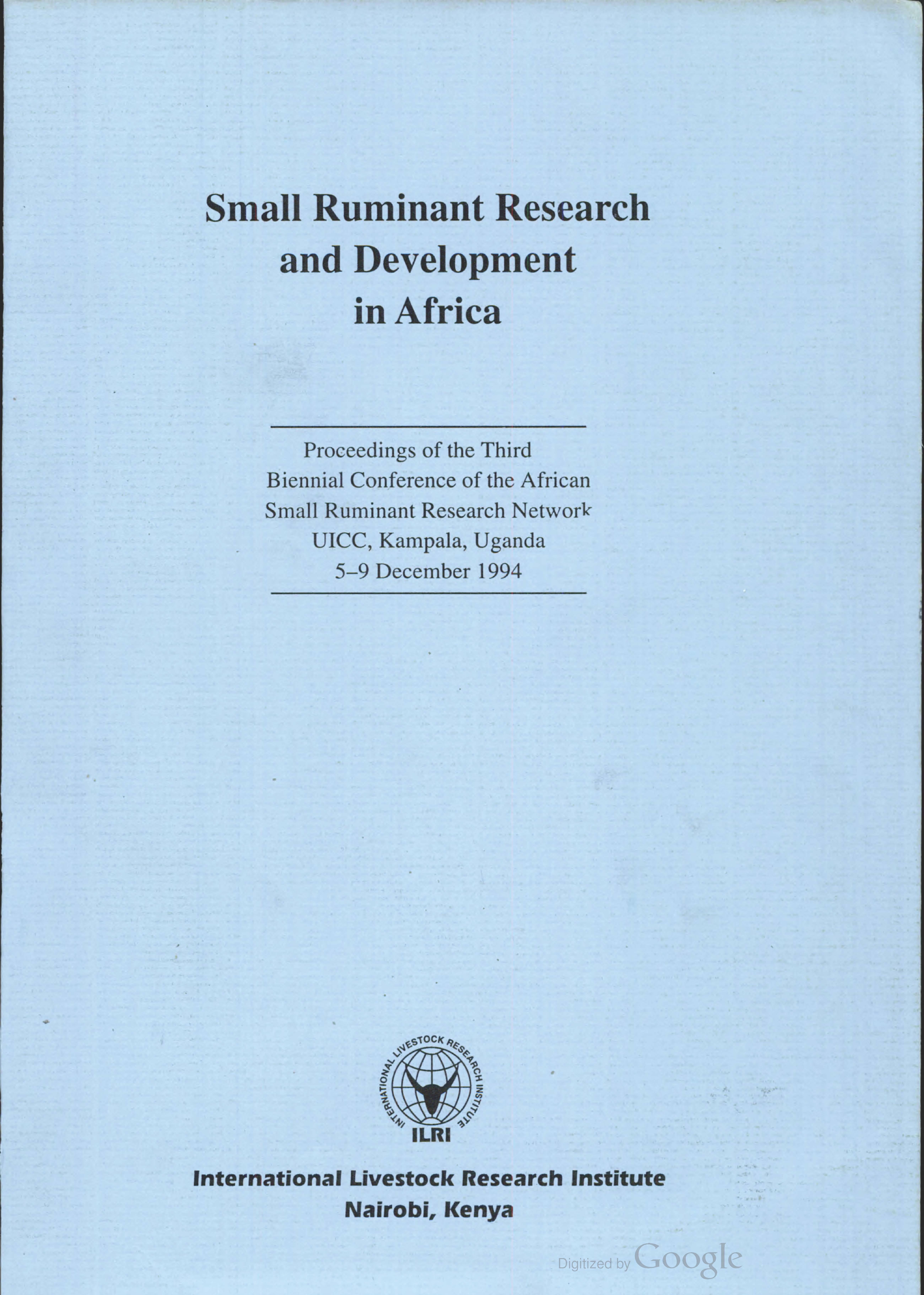Resource information
Formulation of cost-effective preventive control programmes for helminth infection in small ruminants should be based on sound epidemiological knowledge of the time relationship between contamination of pastures and the seasonal availability of infective larvae in a given geographic area. Epidemiological data generated from an on-station experiment involving the use of tracer lambs and monitoring of pasture contamination levels in the central Ethiopian highlands clearly showed a distinct seasonal pattern of nematode infection in sheep. Investigations into the occurrence and implications of periparturient rise in tricho-strongylid egg output in breeding ewes over the lambing and lactation period are discussed. A trial to determine the seasonal pattern of egg development and larval survival on pasture was carried out over a period of 12 months. Preliminary findings from this study suggest that the relatively short larval survival times (6 to 8 weeks) present an opportunity for manipulation of the parasite population dynamics in the cool tropics. Results from the combination of these different studies serve as a basis for medium-term control strategies in this environment and others with similar climatic conditions. Because these strategies will depend heavily upon the use of anthelmintics, it is lkely that, if understood by extension workers and accepted by farmers, they will form a basis for development of programmes for preventing production losses due to parasitism in young stock by reducing the number of treatments and therefore the risk of development of anthelmintic resistance. Alternative control measures are also discussed.



